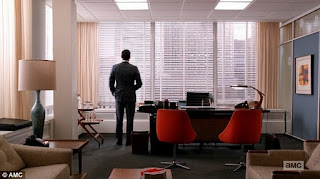- Choose a music video of your choice
- Analyse it for the male gaze.
- Post your analysis to your blogs. Detailed notes are required. Use screen grabs and clips to illustrate your findings. (You may wish to use Tubechop).
- Track the video e.g. "At 13 seconds in the audience sees...";
- Identify camera shots/angle/movement e.g. "At 13 seconds in the audience is presented with a low angle close up shot of....";
- What effect is the shot/angle/movement having on the viewer? OR what effect is the director trying to achieve?
- FINALLY: is the video and use of the male gaze empowering or degrading in your selected video? You must give reasons for your response.





















